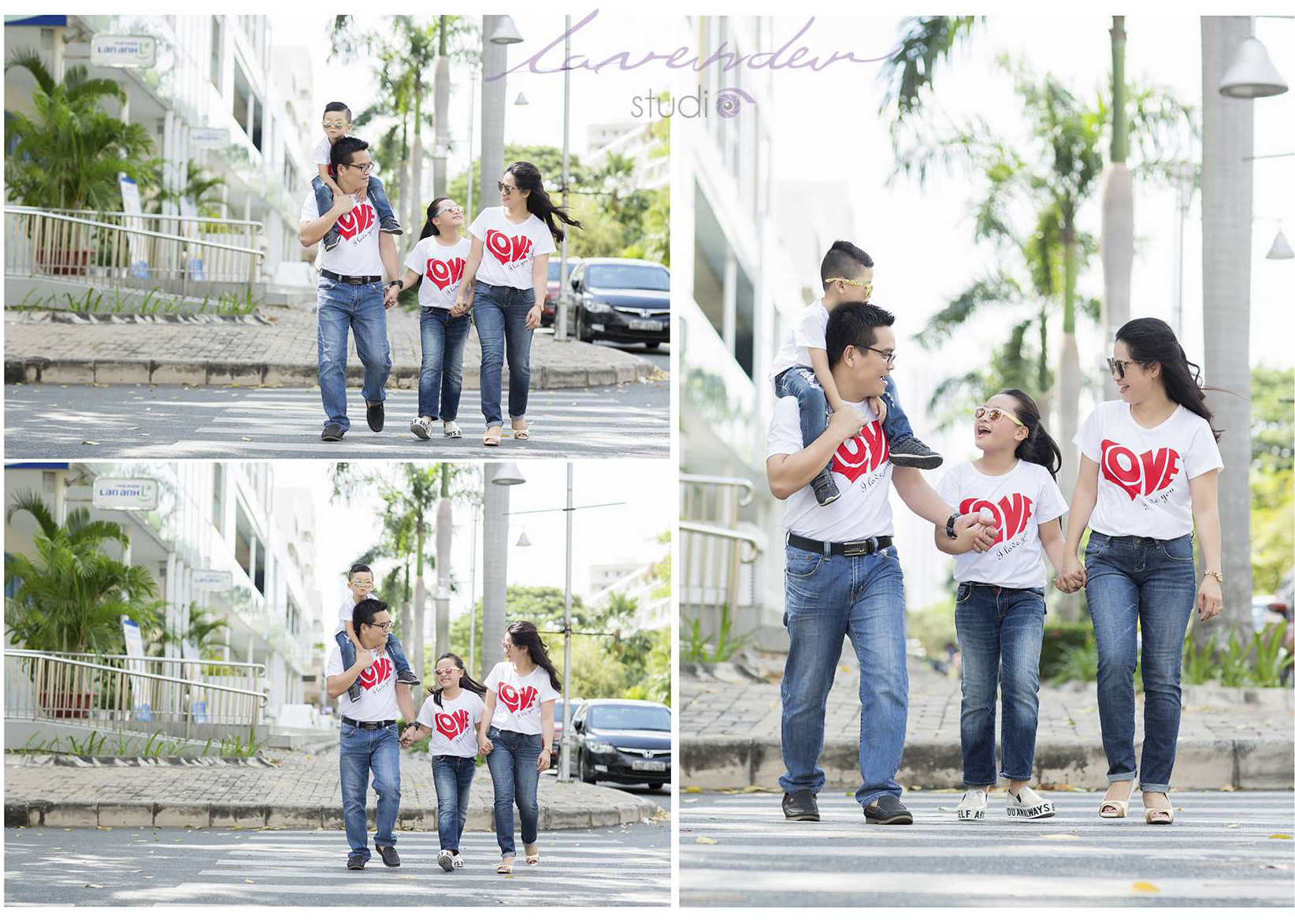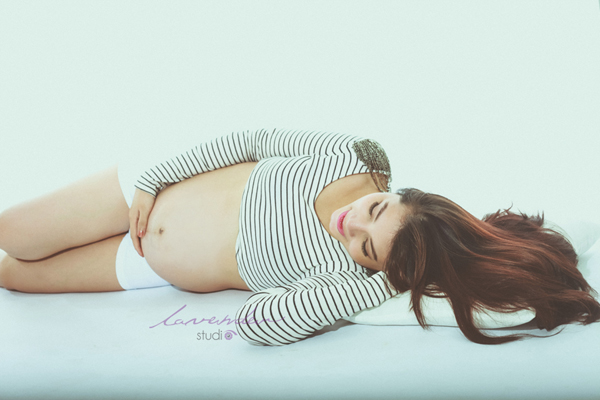Thus, hyperinsulinemia refers to higher than normal insulin levels in the blood, whereas hypoglycemia refers to lower than normal glucose levels in the blood. It is important to be familiar with how much is in a standard drink of each type of alcohol as it is easy to misjudge the amount consumed. By Australian law, the label on every alcoholic drink has to show how many standard drinks it contains. Always have some breakfast if you’ve been drinking the night before, even if you don’t feel like it.
- If you’re making a Bloody Mary, opt for a variety of tomato juice without added salt to lower its sodium content.
- For example, if you’re on shots, take your basal insulin dose before heading out, and if you use a pump, be sure your infusion site is current.
- The CDC recommends that women consume a maximum of one drink daily, while men consume a maximum of two drinks daily.
For example, a 5-ounce (150-mL) serving of extra-dry champagne provides 1.7–2.5 grams of carbs. Brut and extra-brut champagne in the same serving size offer fewer than 1.7 grams and fewer than 0.8 grams of carbs, respectively (23). Bud Lite is another low carb beer that provides fewer than 5 grams of carbs per serving. In contrast, standard options, such as Coors Banquet, provide almost 12 grams of carbs per bottle (10). If you choose to drink, always carry emergency glucose on you, wear a continuous glucose monitor (CGM), and don’t drink on an empty stomach.
Other researchers observed that the prevalence of neuropathy in type 1 diabetics increased in a linear fashion with the alcohol amount consumed (Mitchell and Vinik 1987). Those researchers also reported that diabetics who consumed more than eight recovery from addiction standard drinks per week developed peripheral neuropathy faster than did diabetics who consumed eight or fewer drinks per week. That effect has been observed in both type 1 and type 2 diabetics as well as in nondiabetics (Arky and Freinkel 1964).
Mục Lục
Type 1 diabetes and alcohol: A guide to managing T1D on a night out
Diagnosed with T1D at 30 years old, Burns explains that her relationship with alcohol really became a problem around the age of 18, escalating when she began college. Donehue recalls adjusting everything in her life to support her addiction to alcohol. The most valuable form of support came from attending regular Alcoholics Anonymous (AA) meetings for 12 years, at first going every single night, she says. “I would forget to take my Lantus or [accidentally] take two doses,” says Braun, and she “usually blacked out” whenever she drank. Considering her Lantus dose was supposed to be taken at night, the risk of forgetting to take it was high.
Type 1 diabetes is an autoimmune disease—that is, a disease in which the body’s immune system attacks and destroys not only foreign molecules or organisms but also some of the body’s own cells. In most patients, the disease develops before age 40, primarily during childhood or adolescence. In those patients, the immune system attacks certain cells of the pancreas, called beta cells. Most importantly, insulin leads to the uptake of the sugar glucose into muscle and fat tissue and prevents glucose release from the liver, thereby lowering blood sugar levels (e.g., after a meal) (see figure). As a result of the immune system’s attack, the beta cells can no longer produce insulin. Consequently, the patient essentially experiences total insulin lack.
Dessert/fortified wines
However, hard liquors like whiskey, gin, rum, and vodka can often be mixed with sugary drinks, making them a poor choice if you have diabetes. Offerings like Bud Lite, Coors Light, and Miller Lite have about 5 grams of carbohydrates per serving. We’ve assembled a list of top tips from experts to help you safely enjoy moderate drinking.
Day Sample Meal Guide
Alternatively, you can also mix distilled alcohol with seltzer or soda water, diet soda, and a squeeze of lemon or lime. Wine, especially red wine, is often touted for its health benefits alcohol tapering due to its antioxidant properties (resveratrol). Even if you never wear medical alert jewelry, and you really should, make sure you add this life-saving bling to your party outfit.
Detailed analyses demonstrated that although the glucagon and epinephrine responses to hypoglycemia were unaffected, the growth hormone and cortisol responses were reduced after alcohol consumption. Glycogen is a large molecule that consists of numerous glucose molecules and serves as a storage form of glucose in the tissues, drinking too much alcohol can harm your health learn the facts particularly the liver. Generally, the glycogen supply is depleted after 1 or 2 days of fasting. Thus, a person who has been drinking alcohol and not eating for 1 or more days has exhausted his or her glycogen supply. Two additional medications—metformin and troglitazone—are now being used to treat people with type 2 diabetes.
This happens when the body doesn’t produce enough insulin or does not respond to insulin as it should. “When I was in high school, I did not care about giving insulin or checking my blood sugar so my A1C was 11 percent at one point,” added Braun, who says she did make an effort to drink low-carb sources of alcohol. We work with government, academia and industry to accelerate research and healthcare policy in the UK. And we give support and a voice to people with type 1 and their families.
Don’t
Ask your doctor if you are healthy enough to drink alcohol or if you are on other medications that may not be safe to drink while taking. If you are insulin-dependent, your doctor may suggest adjusting your insulin doses while drinking. She notes that any alcohol consumption with type 1 diabetes (T1D) comes with an extra dose of danger, especially when consumed in large amounts. When it comes to alcohol and diabetes, two related factors come into play — how diabetes medications and alcohol coexist in your system and the effect that drinking has on your liver. Blood glucose regulation by insulin in healthy people and in people with type 1 or type 2 diabetes. A 12-ounce beer has about 15 grams of carbohydrates, compared to 3 to 6 grams in light beer.
Insulin and alcohol
The effect of this can last for many hours after you have been drinking and may continue overnight and into the next day. Drinking alcohol or taking recreational drugs, such as cocaine or cannabis, can affect how you manage your type 1 diabetes. What young adults with type 1 diabetes should know about the effects of alcohol. If you are offered alcohol that you don’t wish to drink, stand your ground. You should only do something if you want to, know how to do it safely and feel comfortable in doing so. These may be confused with or mask the symptoms of low blood sugar.
Follow Diabetes UK
In most cases, people with type 2 diabetes can drink alcohol in moderate amounts. As you may well know, living with type 2 diabetes often means cutting out or cutting back on foods and beverages that can affect sugar (glucose) levels in the blood. Gluconeogenesis, which also occurs primarily in the liver, involves the formation of new glucose molecules from alanine and glycerol.
If you have both type 1 or type 2 diabetes and drink alcohol you may be at a heightened risk for diabetes complications. It’s also critical to check your blood sugar frequently in those early weeks of sobriety to ensure your insulin doses are accurate and safe. Neuropathy is a lesser-known but very common complication of heavy alcohol use in diabetes because of the impact alcohol has on your nerves. In a population already at high risk for nerve damage and neuropathy, alcohol can expedite and significantly worsen the damage. “Problematic hypoglycemia” is defined by frequent and unpredictable low blood sugar and is a common trait of alcohol use disorder in T1D. People with T1D who misuse alcohol run the risk of experiencing either severe high or low blood sugar, which can both be quite dangerous.
- Tổng hợp 10 địa điểm chụp hình gia đình Tết 2022 đẹp mê hồn tại HCM
- Bật mí 10 phim trường quay phim chụp ảnh đẹp tại Hồ Chí Minh
- مواقع افضل كازينو اون لاين قطر مكافآت تصل الى 11, 000 ر
- Pin Up Online Casino Aviator Pin Upwards Apostas Esportiva
- الصومال يحظر تيك توك وتيليجرام ووَن إكس بت بسبب المحتوى “المروع” والتضليل








